Will the hammer drive anchor still work effectively when encountering hollow bricks or porous substrates
2025-09-22The Hammer Drive Anchor, a mechanical anchor known for its quick and easy installation, excels in solid concrete and dense masonry. However, its performance and applicability when used with hollow brick, porous concrete, or other porous substrates have sparked widespread debate among professionals.
How the Hammer Drive Anchor Works
To understand its limitations on porous substrates, it's important to first review the basic working principle of the Hammer Drive Anchor. It consists of an anchor body and an expansion screw. Installation requires drilling a precisely sized hole. After inserting the anchor into the hole, the expansion screw is hammered into the anchor body, causing the end of the anchor to expand outward, creating friction and a wedging effect. The radial pressure generated by this expansion is crucial for the anchor's load-bearing capacity. In solid, uniform substrates, this radial pressure is adequately resisted, ensuring a reliable anchoring connection.
The Achilles' Heel of Porous Substrates
When the Hammer Drive Anchor is applied to hollow brick or porous concrete, this working principle presents a significant challenge. First, hollow bricks are hollow, with only an outer and inner thin wall. The expansion mechanism of the Hammer Drive Anchor requires a solid, continuous substrate to generate effective reaction forces. When the anchor expands in the hollow portion, the radial pressure applied cannot be effectively transmitted and resisted. Instead, the expansion pushes the anchor into the cavity, leading to expansion failure. Even if the anchor expands in the solid portion of the hollow brick, its thickness is often insufficient to provide adequate load-bearing capacity. Excessive hammering can even directly shatter the brick wall, causing permanent damage to the substrate and ultimately rendering the anchoring function ineffective.
Second, porous concrete or lightweight concrete (such as foamed concrete) is structurally porous, low-density, and weak. Although not hollow like hollow bricks, its numerous internal pores make its overall strength far lower than that of ordinary concrete. When the Hammer Drive Anchor expands in this substrate, the radial pressure generated can easily crush or damage the pore walls, preventing the anchor from effectively wedging and, consequently, failing to provide the expected tensile and shear resistance. Its load-bearing capacity will drop dramatically, potentially even far below the weight of the object being carried.
Alternative: More Professional Anchoring Options
Based on the above analysis, professional engineering practice strongly recommends against using Hammer Drive Anchors on hollow or porous substrates. To ensure project safety and reliability, select anchor products specifically designed for these substrates.
The most common alternatives are chemical anchors and nylon anchors (or plastic anchors).
Chemical anchors operate on a completely different principle than mechanical anchors. They inject a specially formulated chemical resin, which hardens within the hole to form a "chemical bond." When used with hollow bricks, they are often used with a mesh sleeve. The mesh sleeve prevents resin from escaping the cavity. The resin penetrates the mesh and solidifies, forming a "plug"-like anchor that securely locks the anchor into the substrate. This anchoring method does not rely on radial pressure, effectively preventing damage to the substrate and providing extremely high load-bearing capacity. Nylon plugs are another popular choice, particularly for low- to medium-load applications. These plugs typically feature a special geometry that expands once the screw is screwed in, creating multiple points of contact within the hole. For hollow bricks, specialized nylon anchors are commercially available, designed to create a "knot" or "flip" effect within the cavity, securing the anchor to the inner wall of the hollow brick.




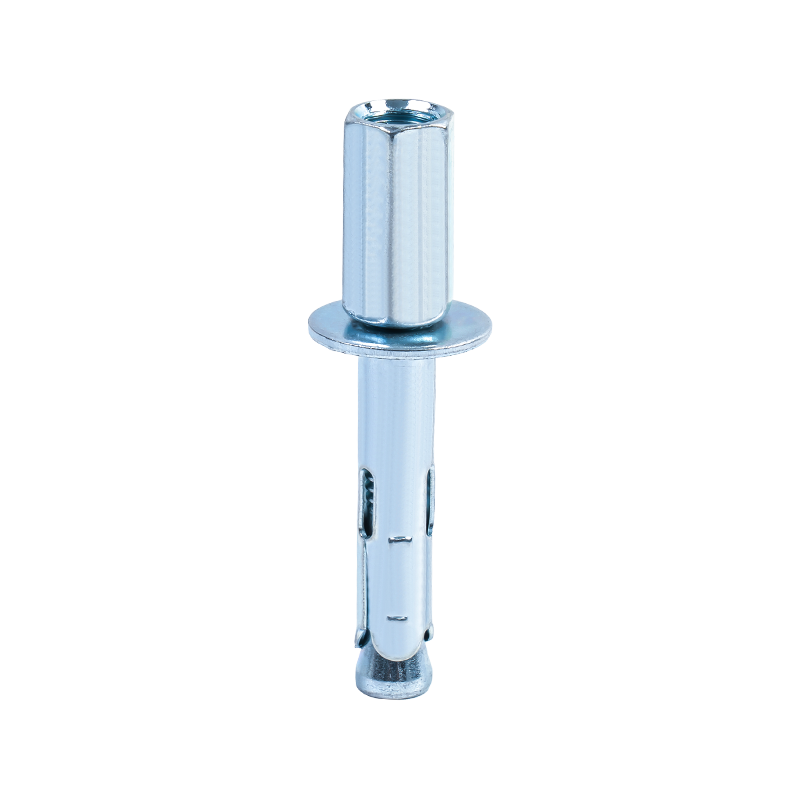
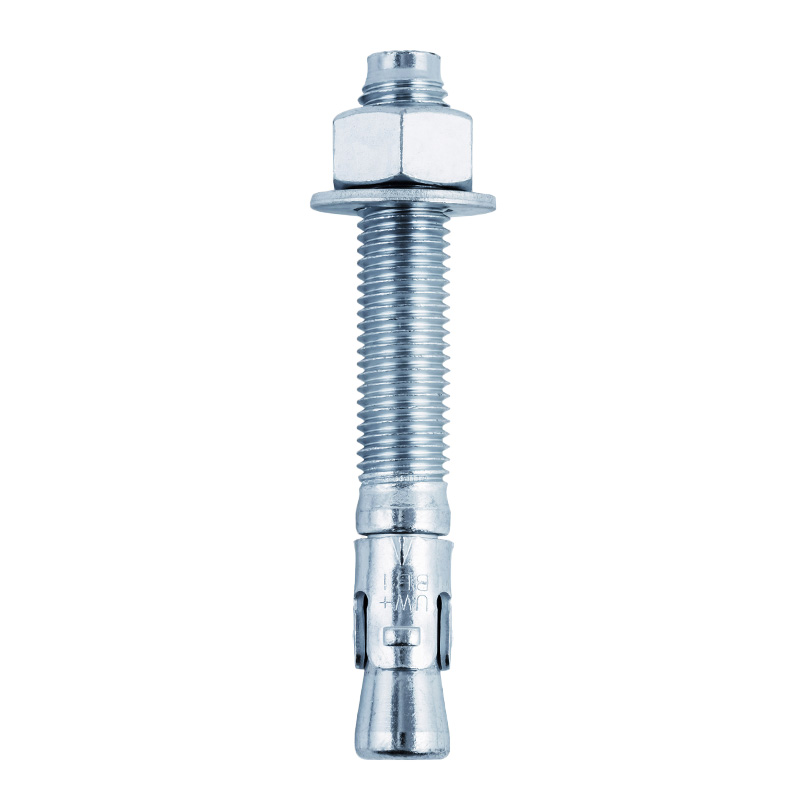
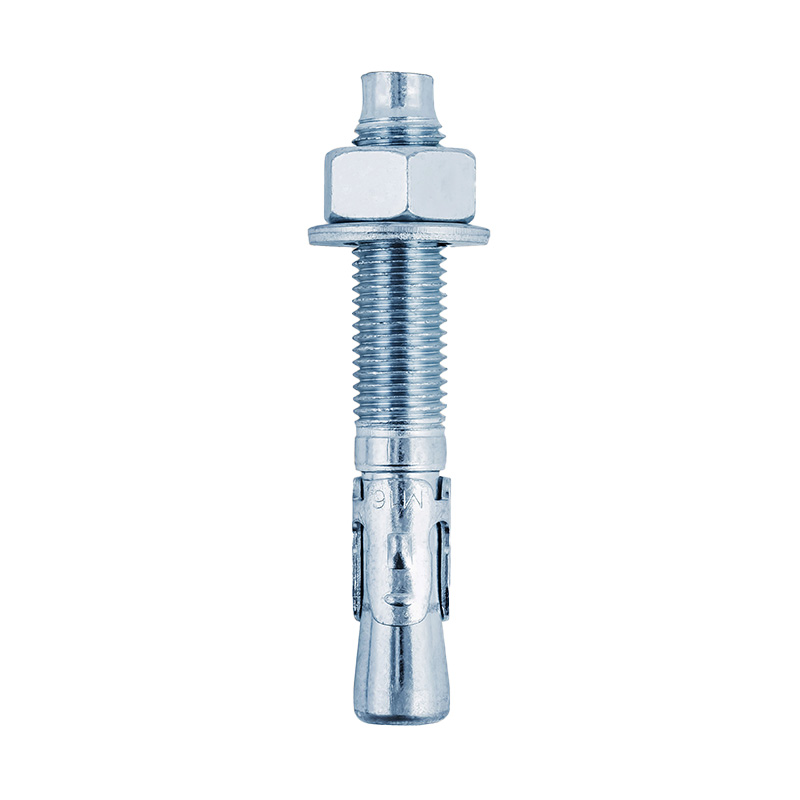
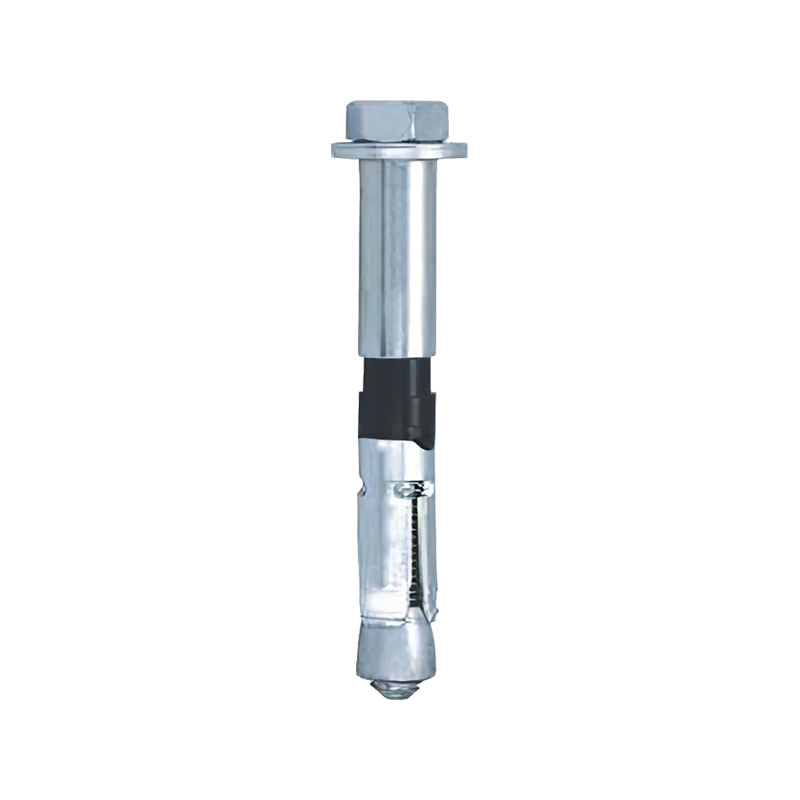
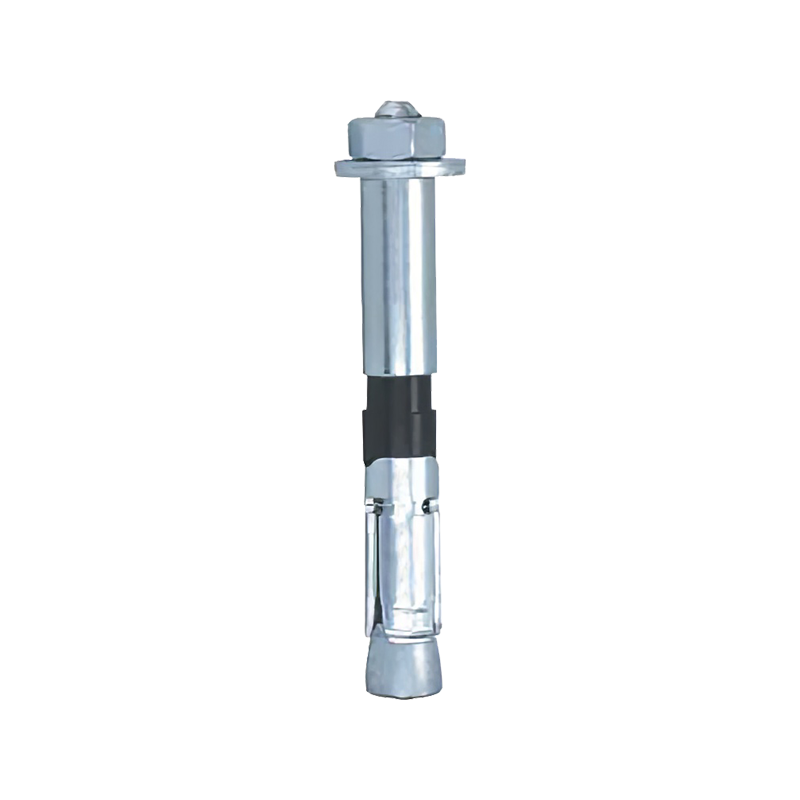
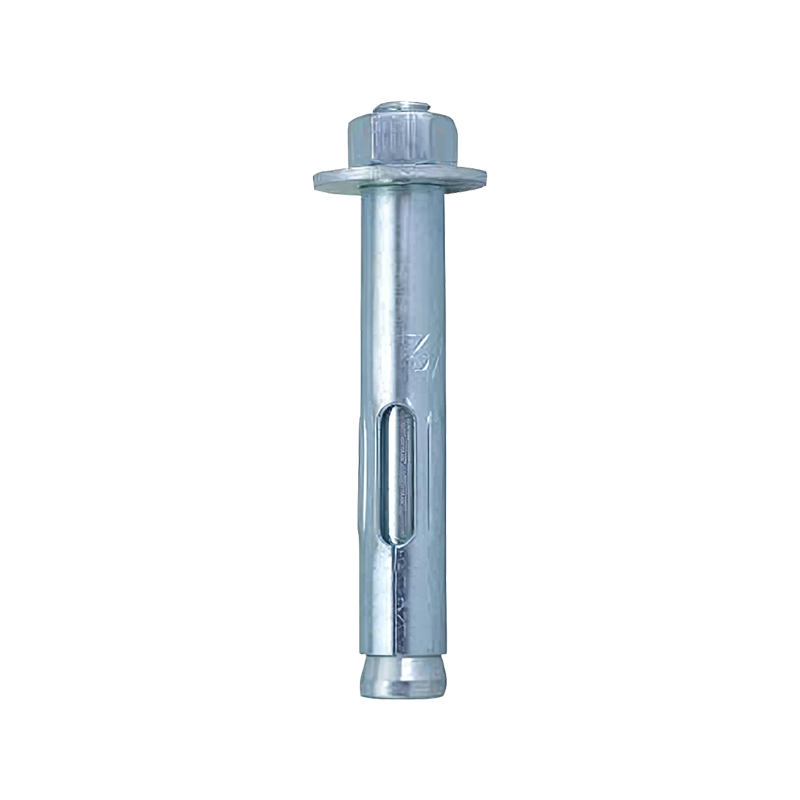
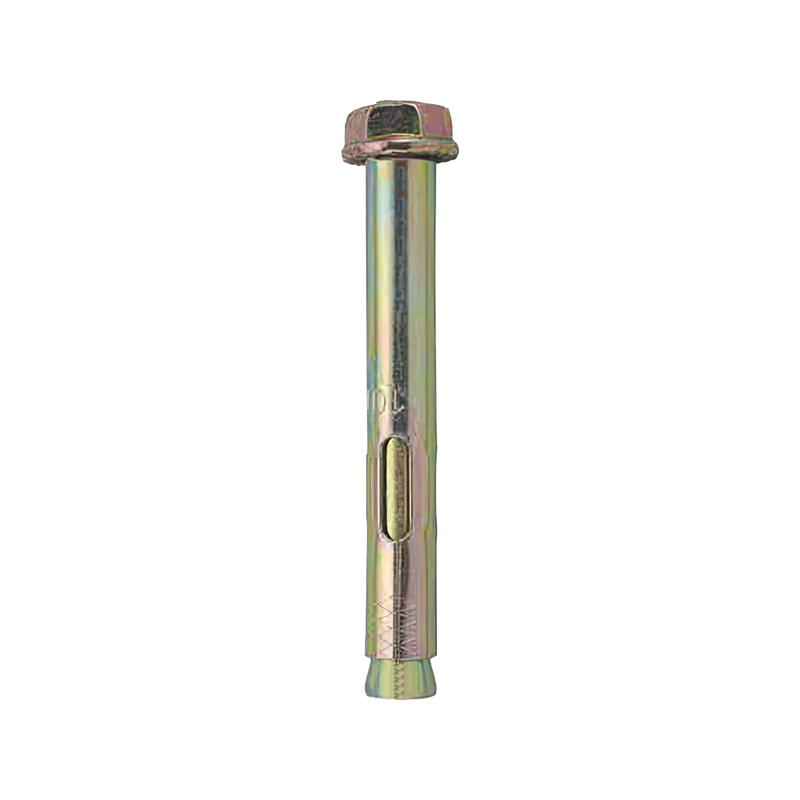

Contact Us